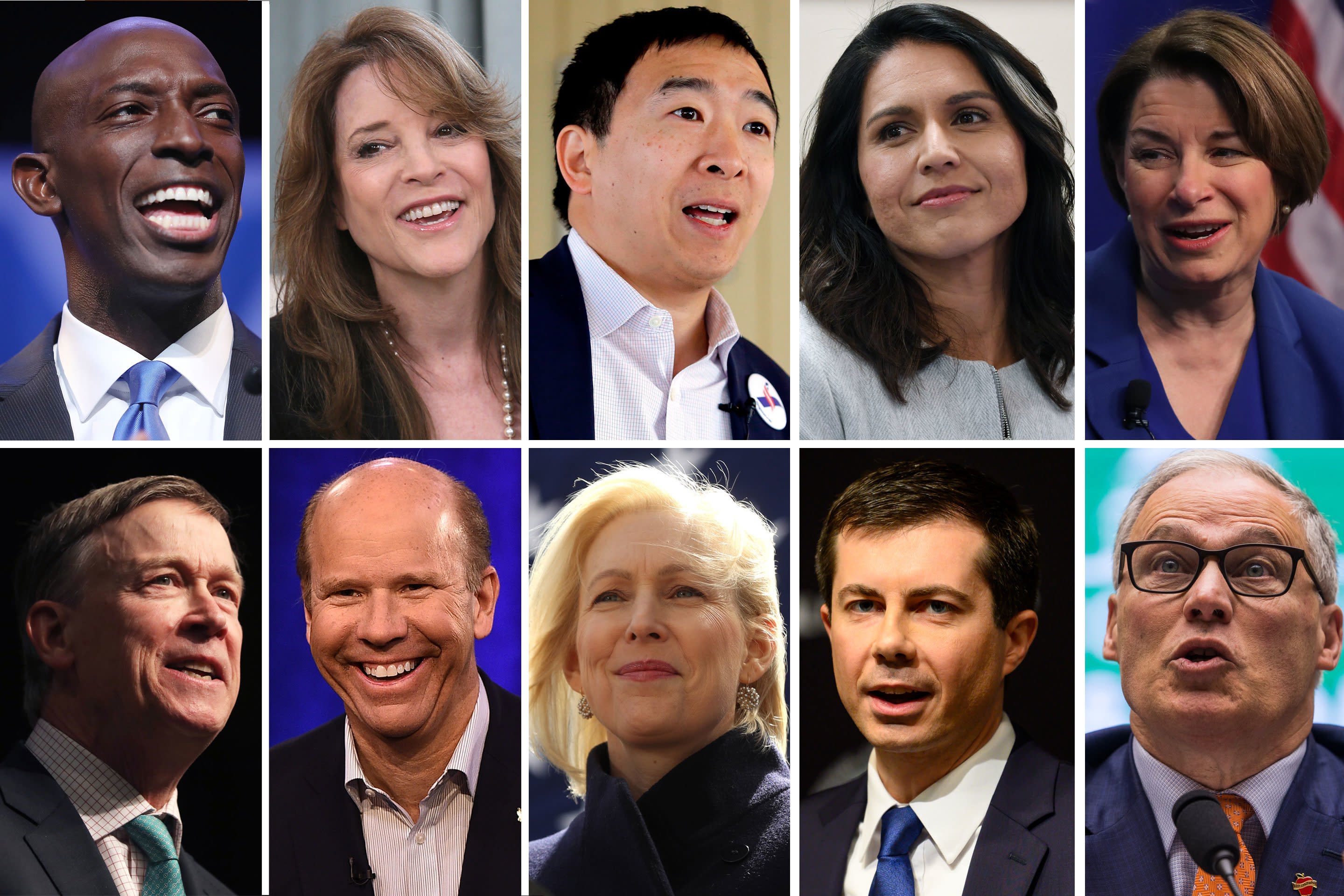Candidate Profiles and Policy Positions: Democratic Primary

The Democratic primary features a diverse field of candidates with a range of backgrounds and policy positions. These candidates represent a spectrum of perspectives on the key issues facing the country, offering voters a choice in shaping the future of the Democratic Party and the nation.
The candidates’ backgrounds and qualifications vary significantly. Some have extensive experience in government, while others come from the private sector or the non-profit world. Their policy stances reflect these diverse backgrounds and experiences, offering voters a range of options to address the challenges facing the country.
Policy Positions on Key Issues
The candidates’ policy positions on key issues provide voters with a clear understanding of their priorities and vision for the country. These positions cover a wide range of topics, including healthcare, education, climate change, and economic inequality.
On healthcare, the candidates offer a variety of proposals, from expanding access to affordable healthcare to implementing a single-payer system. On education, they propose reforms to improve public schools, make college more affordable, and reduce student debt.
On climate change, the candidates recognize the urgency of the crisis and propose ambitious plans to reduce greenhouse gas emissions and transition to a clean energy economy. On economic inequality, they offer policies to raise the minimum wage, provide tax breaks for working families, and invest in infrastructure and education.
By comparing and contrasting the candidates’ positions on these key issues, voters can make informed decisions about who best represents their values and priorities. The Democratic primary offers a robust debate on the future of the country, providing voters with a range of choices to shape the path forward.
Campaign Strategies and Messaging
The Democratic primary candidates have employed diverse campaign strategies and messaging to appeal to different voter demographics and shape voter perceptions. Their approaches range from traditional grassroots organizing to innovative digital outreach.
Target Demographics
- Joe Biden: Moderate and older voters, African American voters, suburban voters
- Bernie Sanders: Young voters, progressive voters, working-class voters
- Elizabeth Warren: Progressive voters, female voters, highly educated voters
- Pete Buttigieg: Moderate and younger voters, LGBTQ+ voters
- Amy Klobuchar: Moderate and female voters, Midwestern voters
Messaging
The candidates’ messaging reflects their target demographics and policy positions. Biden emphasizes his experience and ability to unite the country, Sanders focuses on economic inequality and social justice, Warren advocates for progressive policies and structural change, Buttigieg highlights his youthful energy and fresh perspective, and Klobuchar emphasizes her Midwestern values and bipartisan approach.
Effectiveness and Impact, Democratic primary
The effectiveness of the candidates’ messaging varies depending on the target audience. Biden’s message resonates with older and moderate voters who value experience and stability. Sanders’ message appeals to young and progressive voters who are seeking bold change. Warren’s message connects with voters who are concerned about economic inequality and the role of corporations in society. Buttigieg’s message appeals to younger and more moderate voters who are looking for a new generation of leadership. Klobuchar’s message resonates with Midwestern voters who value bipartisanship and practicality.
Innovative Tactics
- Biden: Hosted virtual town halls and phone banks to connect with voters during the pandemic.
- Sanders: Raised significant funds through small-dollar donations, utilizing grassroots organizing.
- Warren: Developed detailed policy proposals and used social media to engage with voters directly.
- Buttigieg: Used data analytics to target specific voter groups and employed a “ground game” approach.
- Klobuchar: Emphasized her ability to work across party lines and focused on retail politics.
Amidst the fervor of the democratic primary, where candidates vie for the nation’s highest office, the recent unveiling of the new pa license plate has sparked a different kind of buzz. Its vibrant colors and modern design reflect the spirit of innovation and progress that has become synonymous with the state.
As the primary season intensifies, the license plate serves as a reminder of the importance of civic engagement and the power of the democratic process.
The democratic primary was an intense race, with many candidates vying for the nomination. As the campaign progressed, voters began to focus on the candidates’ positions on important issues, such as the new pa license. The primary was ultimately decided by a narrow margin, with the winner going on to face the Republican nominee in the general election.
